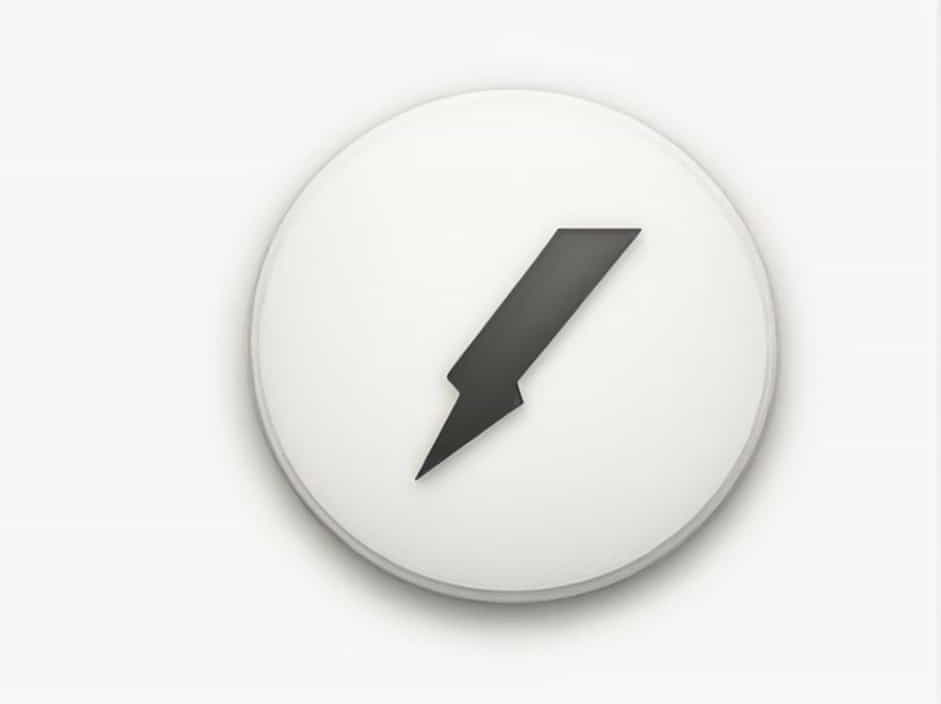DALL·E is a powerful AI image generation tool that can create stunning visuals from text prompts. However, many users notice that when they ask DALL·E to generate text within an image—such as logos, signs, or labels—the AI often produces misspelled, jumbled, or nonsensical words.
Why does this happen? If AI can generate realistic images of people, landscapes, and objects, why does it struggle with text? This topic explores the reasons behind DALL·E’s spelling mistakes, how AI processes text in images, and whether there are ways to improve accuracy.
1. How DALL·E Works: An Overview
A. AI Image Generation vs. Text Recognition
DALL·E is trained to generate images based on patterns in millions of pictures and descriptions. However, it does not understand text the way a language model does. Instead of reading and writing letters like humans, it “draws” words based on visual patterns it has seen before.
B. DALL·E’s Strengths and Weaknesses
- ✅ Excellent at creating realistic images
- ✅ Understands the general concept of words in context (e.g., a stop sign should have letters)
- ❌ Struggles with exact letter placement and spelling
- ❌ Often produces gibberish text instead of readable words
2. Why Does DALL·E Struggle With Spelling?
A. Text in Images Is Treated as a Visual Element
DALL·E does not generate letters the same way it generates faces, objects, or backgrounds. Instead, it treats words as part of an image, similar to shapes or colors, without truly understanding the meaning of the text.
B. Training Data Limitations
DALL·E is trained on millions of images, but many of these contain text in various fonts, styles, and distortions. This makes it difficult for the AI to learn consistent letter formation. Some reasons for this include:
- Handwritten and stylized fonts confusing the model
- Partially visible or blurry text in training images
- Different languages and scripts mixing letter forms
C. No Direct Knowledge of Spelling Rules
DALL·E is not a language model like ChatGPT. It does not check spelling or grammar but instead tries to imitate what text looks like in an image. As a result, it may generate:
- Random letters mixed together
- Misspelled words that look similar to real words
- Symbols or numbers in place of letters
D. AI Predicts Shapes, Not Words
Unlike a text-based AI, which selects the correct letters for a word, DALL·E generates shapes that resemble text. Since its training data consists of millions of varied images, it has no strict rules about letter formation, leading to inconsistent or incorrect spellings.
3. Examples of Common Text Mistakes in DALL·E
A. Random Letter Jumbles
Instead of spelling “Coffee Shop,” DALL·E might generate something like “Coffe Shorp” because it recognizes the general shape and style of the words but not the correct letter sequence.
B. Substituting Similar Letters
If asked to generate a “Pizza Restaurant” sign, DALL·E might create “P1ZZA Restorunt”, replacing letters with numbers or similar-looking characters.
C. Gibberish Text
Sometimes, DALL·E creates completely nonsensical text, such as “Xpqtryn Mslqwr” instead of actual words. This happens because the AI is guessing what text should look like rather than spelling correctly.
4. Can DALL·E Be Improved to Spell Correctly?
A. Advancements in AI Text Generation
Researchers are working on improving AI models to better handle text generation in images. Future versions of DALL·E may incorporate:
- Better text recognition algorithms
- Integration with language models like ChatGPT to verify spelling
- More refined training data focused on clear, readable text
B. Current Workarounds for Getting Correct Text in Images
While DALL·E itself cannot guarantee accurate text generation, you can try:
- Using a separate image editor – Generate the image with DALL·E and add text using software like Photoshop or Canva.
- Requesting simple, common words – The AI struggles less with short, well-known words like “STOP” or “EXIT.”
- Experimenting with different prompts – Instead of “Write ‘Bakery’ on the sign,” try “A bakery with a clear sign that says ‘Bakery’ in bold letters.”
5. The Future of AI and Text in Images
DALL·E is a revolutionary AI tool, but it still has limitations when it comes to spelling words correctly. Since it treats text as a visual element rather than a written language, misspellings and gibberish text are common.
As AI technology advances, future versions of DALL·E may improve at handling text more accurately. Until then, users can use editing tools or workarounds to achieve the best results when incorporating words into AI-generated images.
Powered by # ChatGPT Conversation
User: angga angga ([email protected])
Created: 7/3/2025, 10.22.23
Updated: 7/3/2025, 11.32.13
Exported: 13/3/2025, 15.57.31
